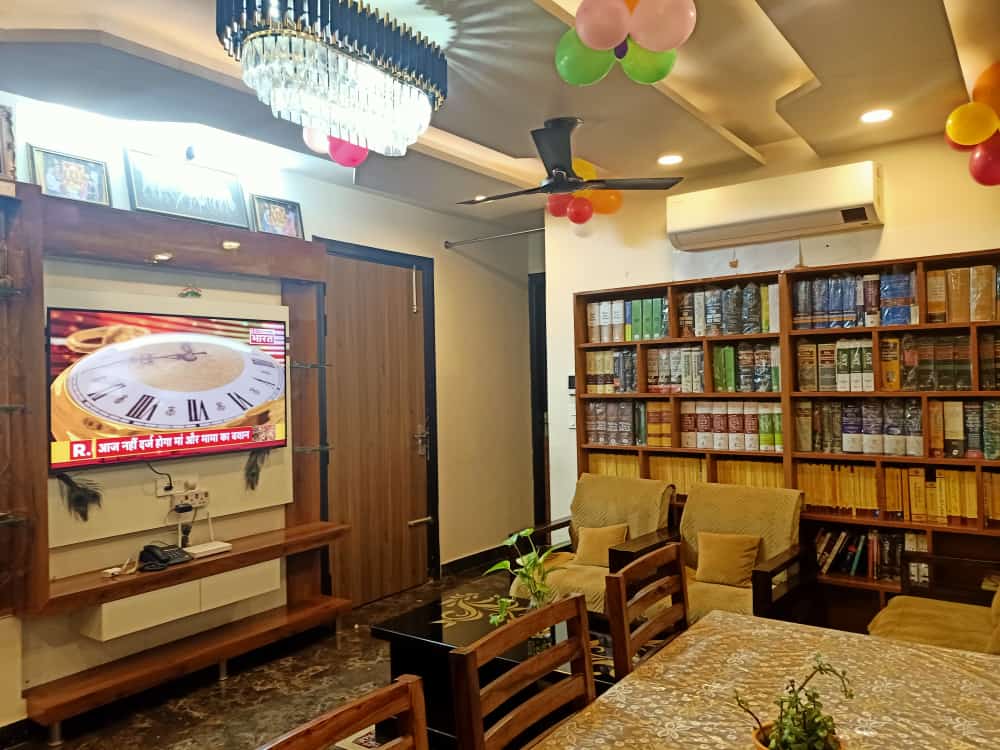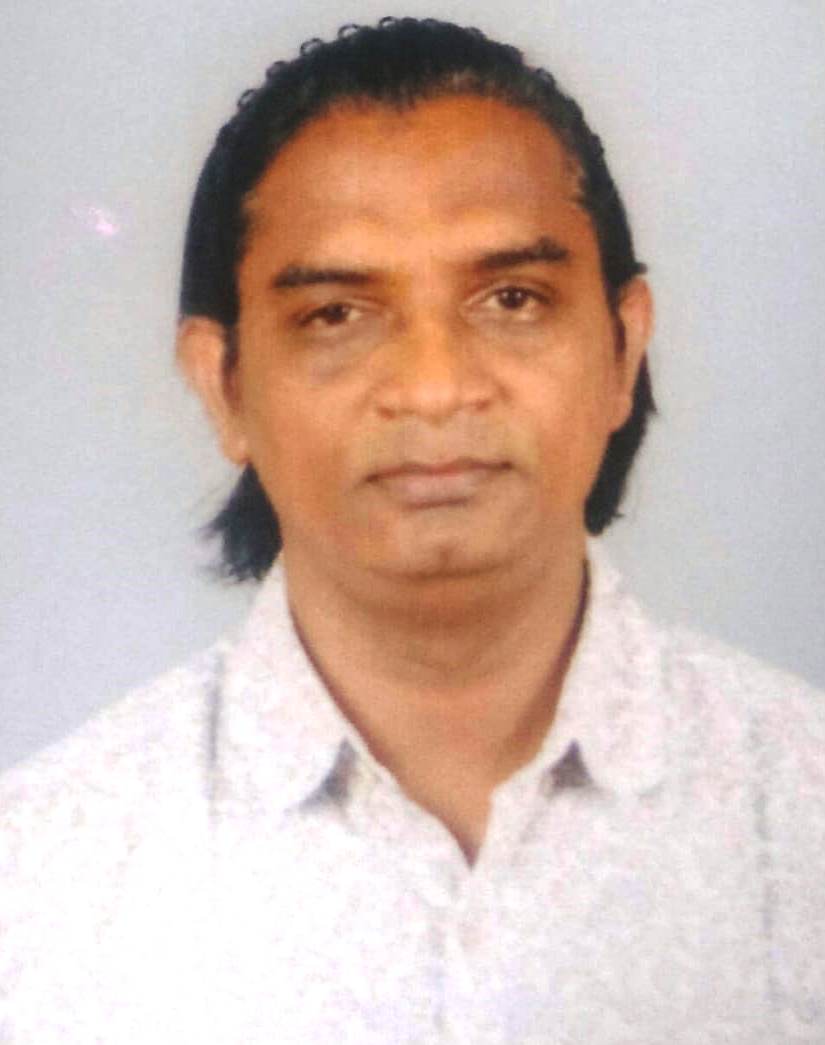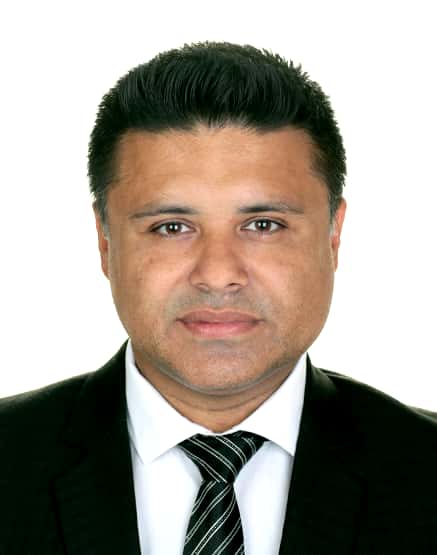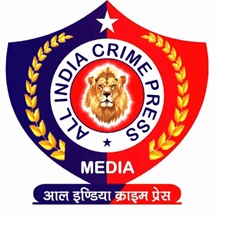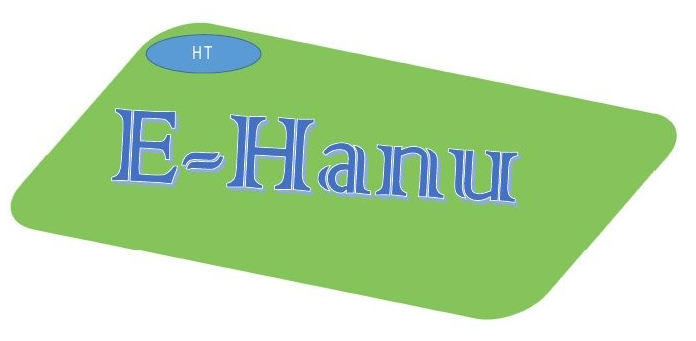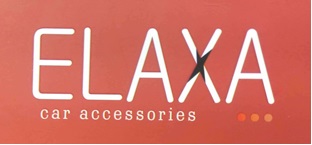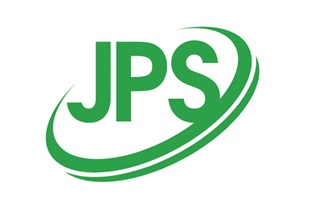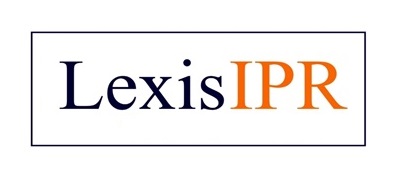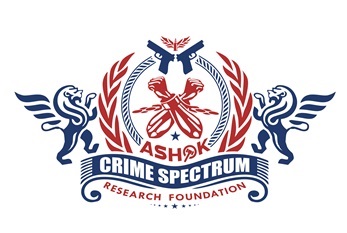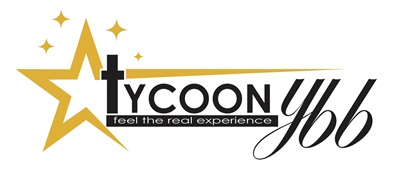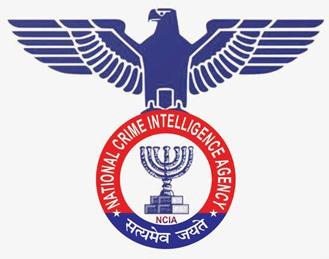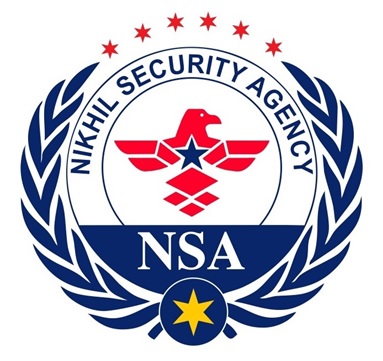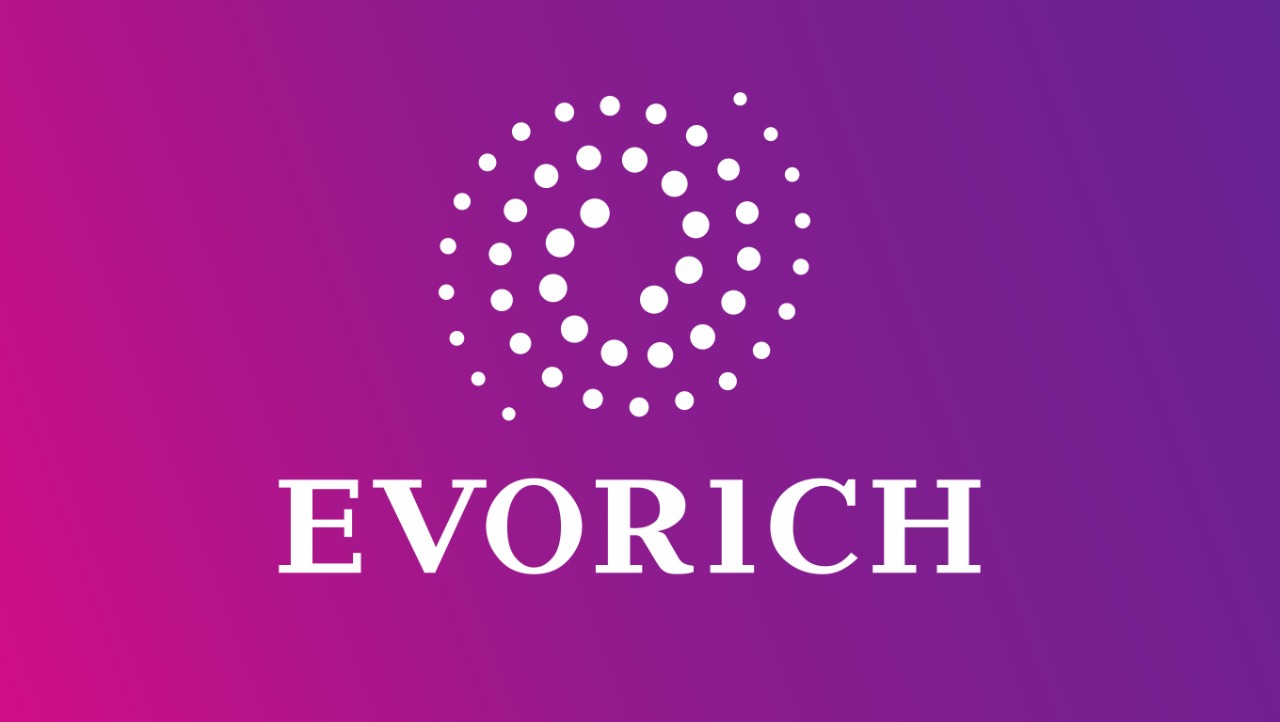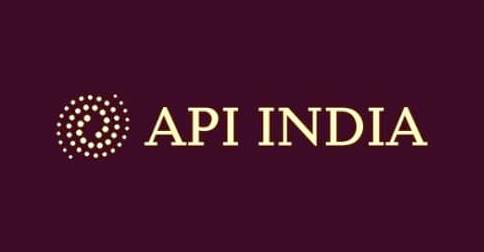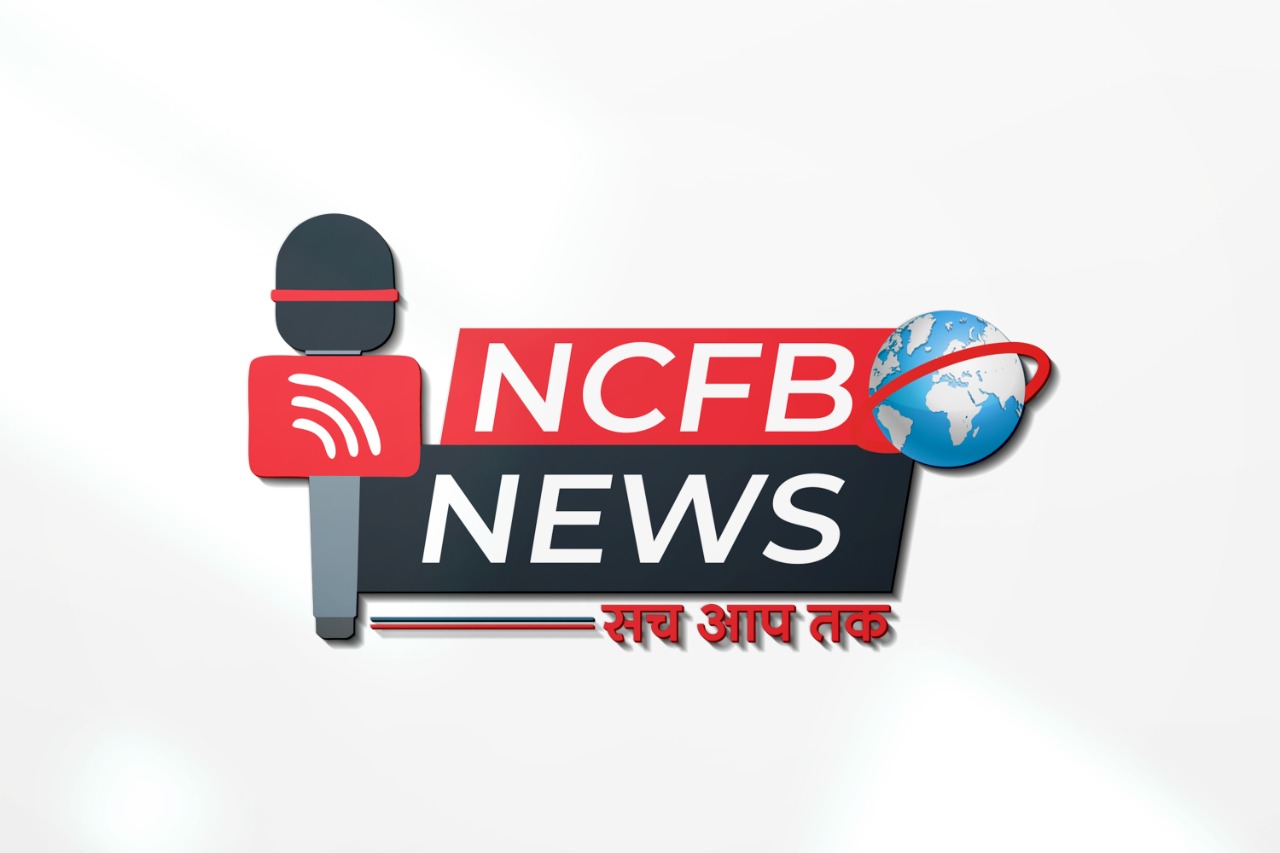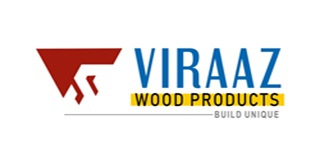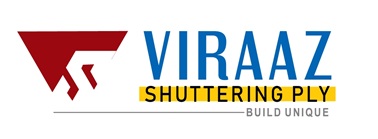Telecommunication
Civil litigation, Criminal , Commercial Litigation, Arbitration Proceedings, Intellectual Property Rights , Personal & Family Litigation, Income Tax Litigation, GST , Company Law , Consumer Case , Mediation & Conciliation.
3000 +
Happy clients
300 +
Advocate, CA, CS
10 +
Associates Offices
Request A Call Back
Telecommunication
About Telecommunications Industry
India’s telecommunication network is the second largest in the world by number of telephone users (both fixed and mobile phone) with 1.053 billion subscribers as on 31 August 2016. It has one of the lowest call tariffs in the world enabled by mega telecom operators and hyper-competition among them. India has the world’s second-largest Internet user-base. As on 31 March 2016, there were 342.65 million internet subscribers in the country. Indian telecom industry underwent a high pace of market liberalisation and growth since the 1990s and now has become the world’s most competitive and one of the fastest growing telecom markets.

The Industry has grown over twenty times in just ten years, from under 37 million subscribers in the year 2001 to over 846 million subscribers in the year 2011. As per the report of the Times of India Business (2015), the government is targeting to increase exports of telecom products and services to USD 10 billion (about Rs 62,000 crore) in the next five years. India’s telecom exports currently stands around Rs.32,000 crore, of which Rs20,000 crore is products and equipment and balance Rs.12,000 crore is from services. Government is making efforts to reduce imports of electronic products and to meet requirement of domestic market through indigenous production. All telecom services including Telecom Infrastructure Providers Category-I, viz. Basic, Cellular, Unified Access Services, Unified license(Access services),Unified License, National/ International Long Distance, Commercial V-Sat, Public Mobile Radio Trunked Services (PMRTS), Global Mobile Personal Communications Services (GMPCS), All types of ISP licences, Voice Mail/Audiotex/UMS, Resale of IPLC, Mobile Number Portability services, Infrastructure Provider Category – I (providing dark fibre, right of way, duct space, tower) except Other Service Providers.
Policy Regime
The President of India promulgated the Telecommunication Regulatory Authority of India (TRAI) Ordinance on the 25th January 1997. TRAI was 37 established on January 25th 1997 as an autonomous body with quasi-judicial powers to regulate telecommunication services in India. The creation of TRAI as an independent authority to regulate the telecommunication sector is also one of the commitments that India made while signing the GATS under WTO. TRAI is expected to protect consumers’ interests, to induce efficient investment and to sustain fair competition. DoT has four Public sector undertakings/corporations under its administrative control. These are following:-
- Mahanagar Telephone Nigam Limited (MTNL)
- Bharat Sanchar Nigam Limtied (BSNL)
- ITI Limited
- Telecommunications Consultants India Limited (TCIL)
Major players of the Industries
- BSNL
- MTNL
- Airtel
- Reliance Communications
- Aircel
- Vodafone Essar
- Tata Indicom
- Idea Cellular
- Jio
Stages of Spectrum Management and Allocation in India
First Stage: 1995-2003, Auctioning Scarce Specturm
- In 1995, the government auctioned 2×4. 4MHz of start-up for GSM-based services.
- Two operators were selected for each License Service Area (LSA). Subsequently in 2001. The third operator license was awarded, along with 2×4. 4MHz of start-up spectrum in the 900MHz band, to the government operator on a pro bono basis.
- In 2001, the fourth operator license was issued using a three-stage auction procedure. Start-up spectrum of 2×4. 4MHz in 1,800 MHz was given to the winning bidder.
- In addition of the entry fees, licenses were required to pay a percentage of annual revenue as spectrum charges.
- In 2002, subscribed based norms (SBN) was introduced. It laid down a roadmap for the allotment of 2×12.5MHz of spectrum per operator in each LSA.
Second stage 2003-06 Unified Access Service Licence
- In November 2003, government allowed basic service license holder to provide full mobility based services with a stipulated entry fee based on the bid price paid by the fourth operation in 2001.
- The fixed fee-based license allowed any number of mobile licenses to be provided and implicitly de-linked spectrum allocation from licensing. Although firms were awarded licenses after paying the required entry fee, they were given start-up spectrum only as and when available.
- Following the entry of two or three CDMA-based mobile operator in each LSA, one or two new firms also paid the stipulated entry fee and obtained a license to operate GSM services in certain LSAs (TRAI 2012
Third stage 2006-08 Criteria for allocation of spectrum
- 3G services were treated as a separate service from 2G and TRAI continued to maintain the there was storage of 2G spectrum. A new SBN policy was defined, and incumbents were kept out of fresh allocation.
- The Government allocated spectrum to new telecom players in service areas across India. The defense services agreed to vacate 2x20MHz in the 1,800MHz band, in addition to 25MHz in the 2.1 GHz UMTS band.
- The DoT proposed new 2G spectrum usage charges for all operators. All operators were expected to pay higher spectrum usage charges, irrespective of the quality they held.
- This differed from the earlier strategy of increasing spectrum charges only for those operators who held more than 6.2MHz per circle in case of GSM players and above 5MHz for CDMA.
Fourth stage 2008-10 Policy on 3G and 3G auction
- In August 2008, the government announced the policy for 3G mobile services, in line with TRAI’s recommendations and opted for the auction of a start-up spectrum of 2x5MHz in the 2.1 GHz band with reserve prices for different categories of LSAsa.
- In May 2010, the e-auction of 3G mobile service was concluded after 183 rounds of bidding across all service area. All of the 71 block up for auction across the 22 service are were sold.
- All the winners of the auction were required to pay INR 509.7 billion to the GoI within 10 days of the closing of the auction. Including the amount paid by state-owned BSNL and MTNL it totalled to INR677.2 billion.
- Following the completion of the 3G auctions, the bandwidth for broadband services (WiMAX) was auctioned by the GoI. It auctioned two 20MHz blocks in the 2.3GHz range in each of the country’s 22 services areas.
- The government raised INR 385.4 billion from the broadband wireless auctions (FICCI and Earnest & Young 2011)
Mobile Number Portability (MNP).
- “Mobile Number Portability (MNP) allows any subscriber to change his service provider without changing his mobile phone number.
- The Government has announced the guidelines for Mobile Number Portability (MNP) Service License in the country on 1st August 2008 and has issued a separate License for MNP service with effect from 20.03.2009. Implementation of MNP has given wider choices to the Indian subscribers.
- It has also induced service providers to offer innovative, affordable and competitive traffic plans for the benefit of the consumers” (Department of Telecommunication: 2011-12)
Legal services of Preach Law LLP
The firm provides advice on cutting-edge issues that cover multiple legal and business disciplines. Our expertise and understanding of the business is the foundation for providing full range of legal services including:
- Arbitrations & Litigation
- Foreign Investments
- Regulatory
- Structuring
- Offset policy
- Statutory Compliances
- Joint Ventures
- Contracts
- Teaming Agreements
- Auction/Bid Management etc.
- Tax & Regulatory Structuring
- Sourcing/Supply and Service Agreements
- Regulatory Approvals/Representations
- Advisory Services
- Review/Appeal of Administration Decisions.


